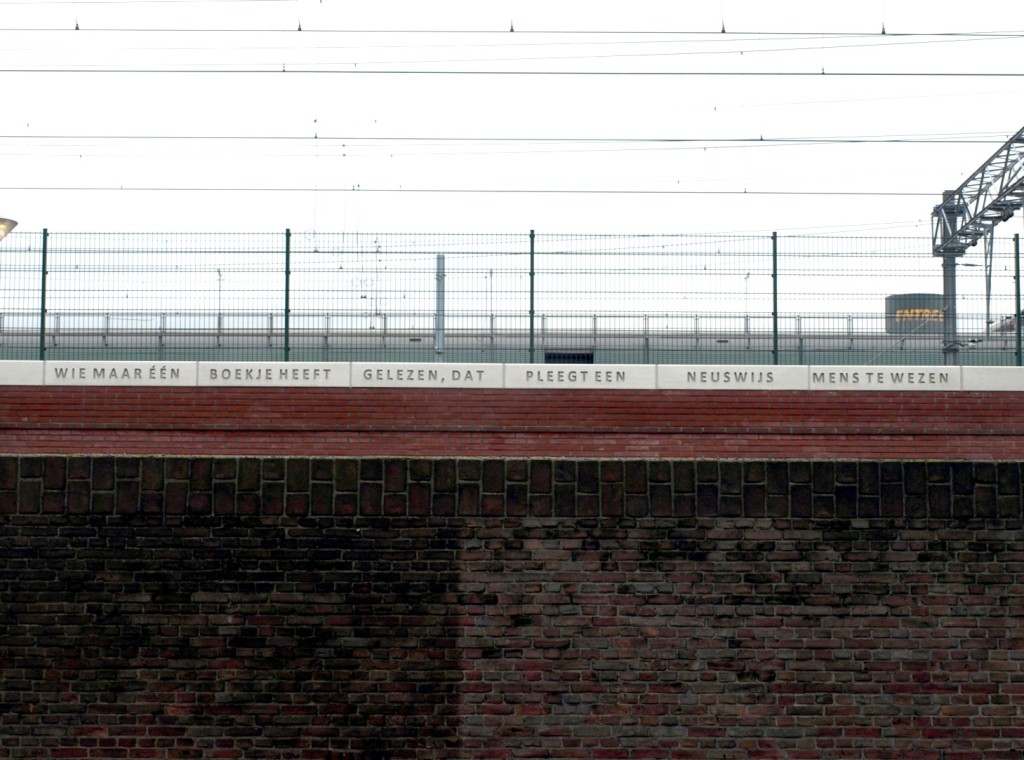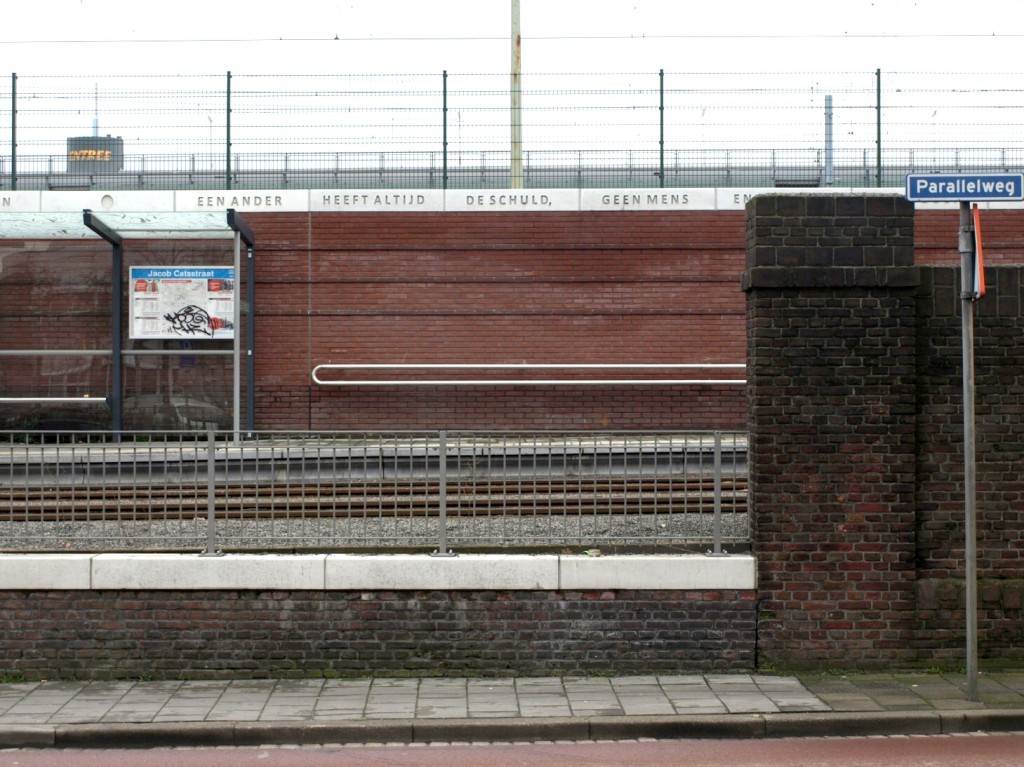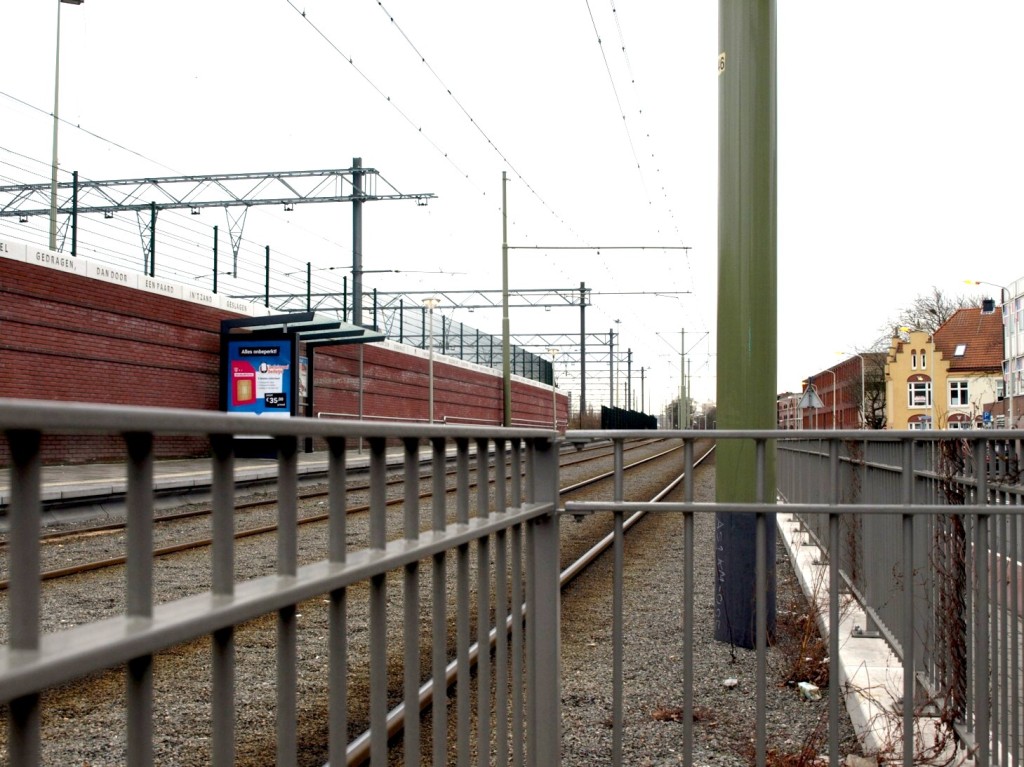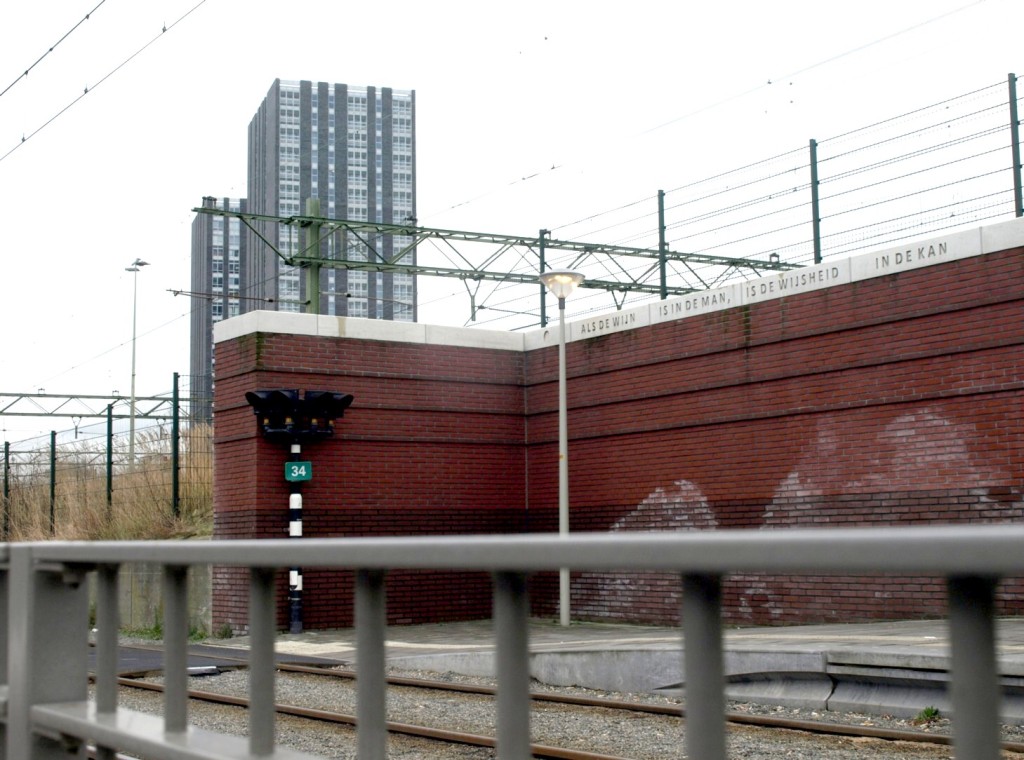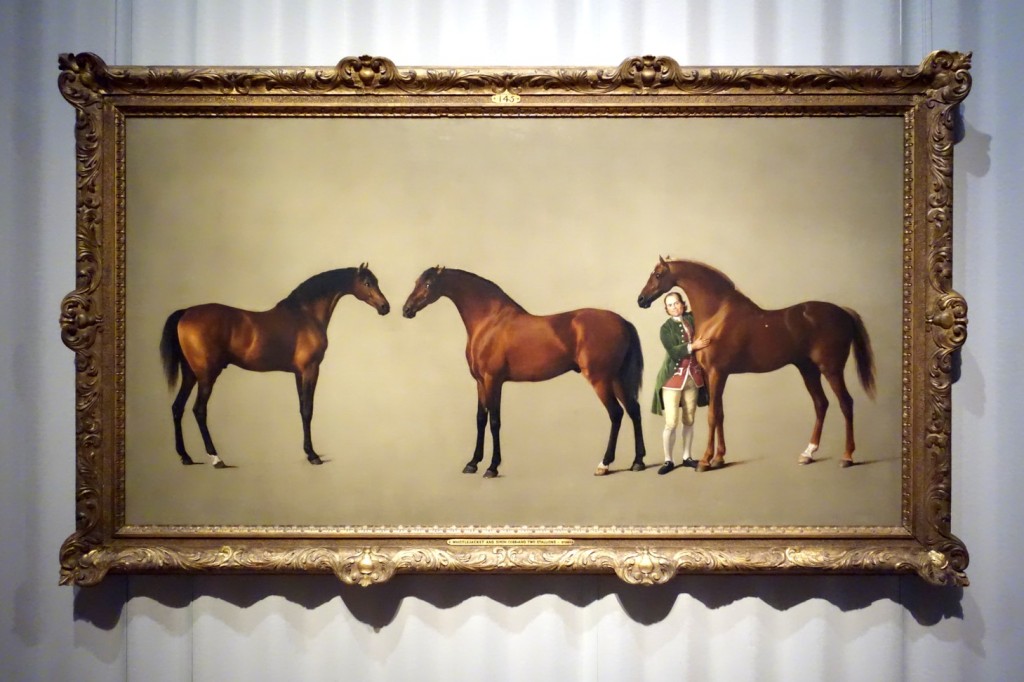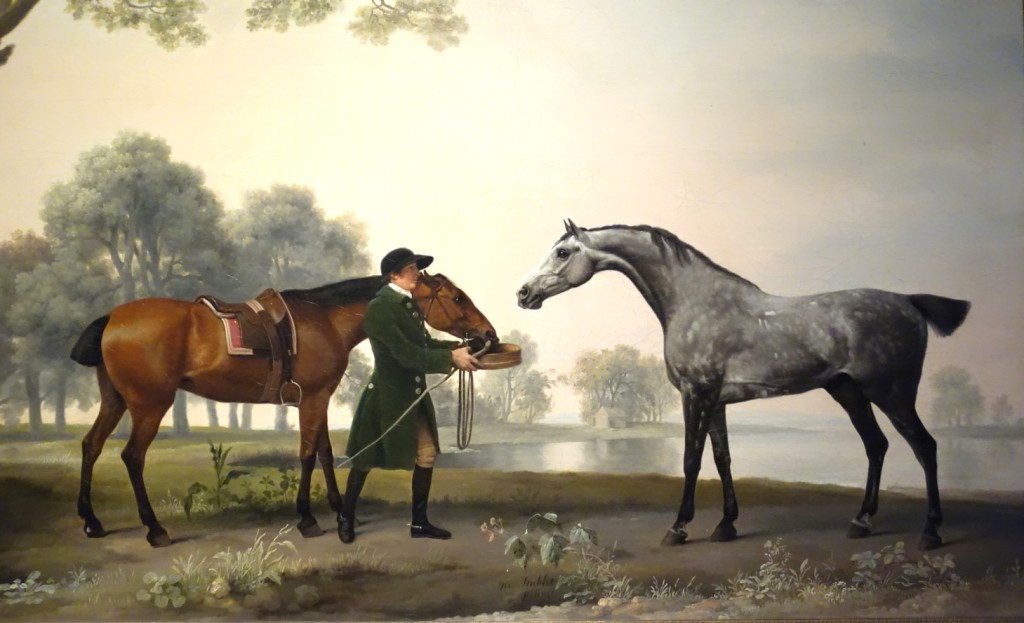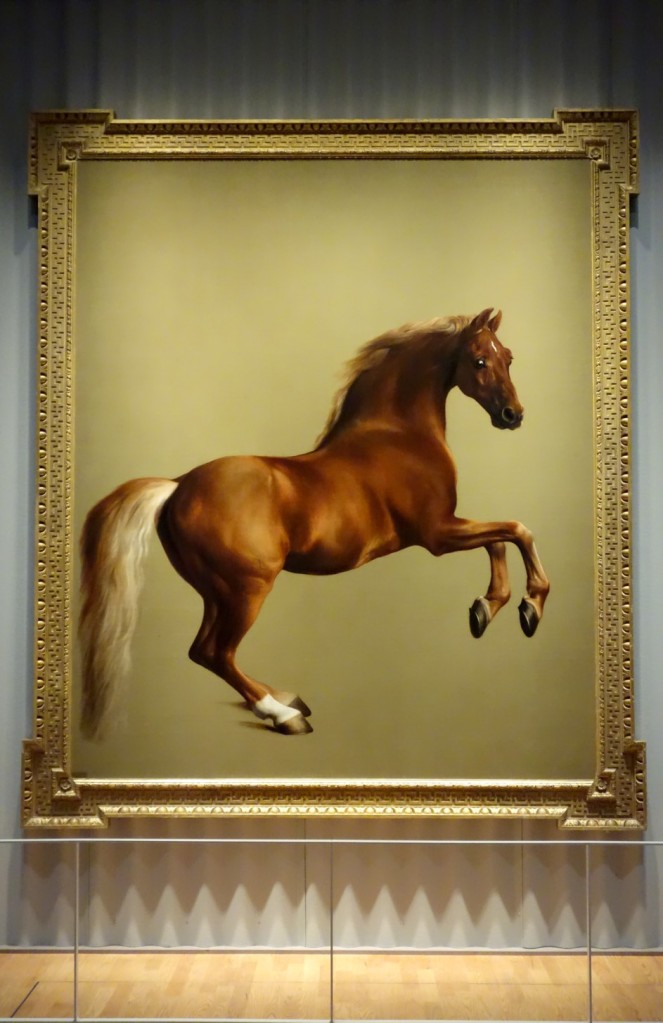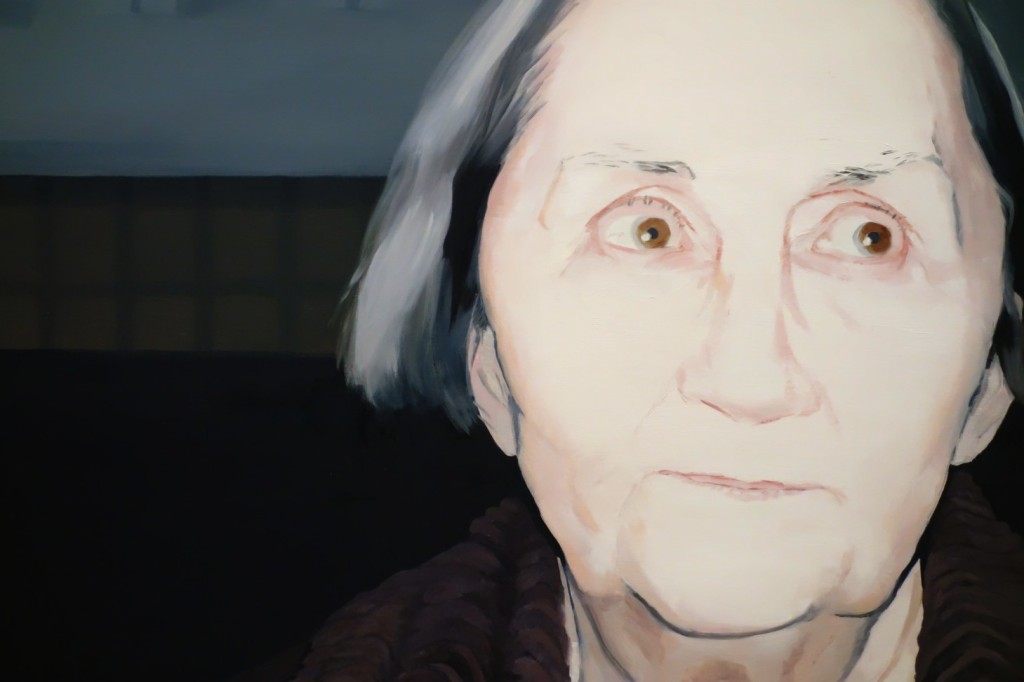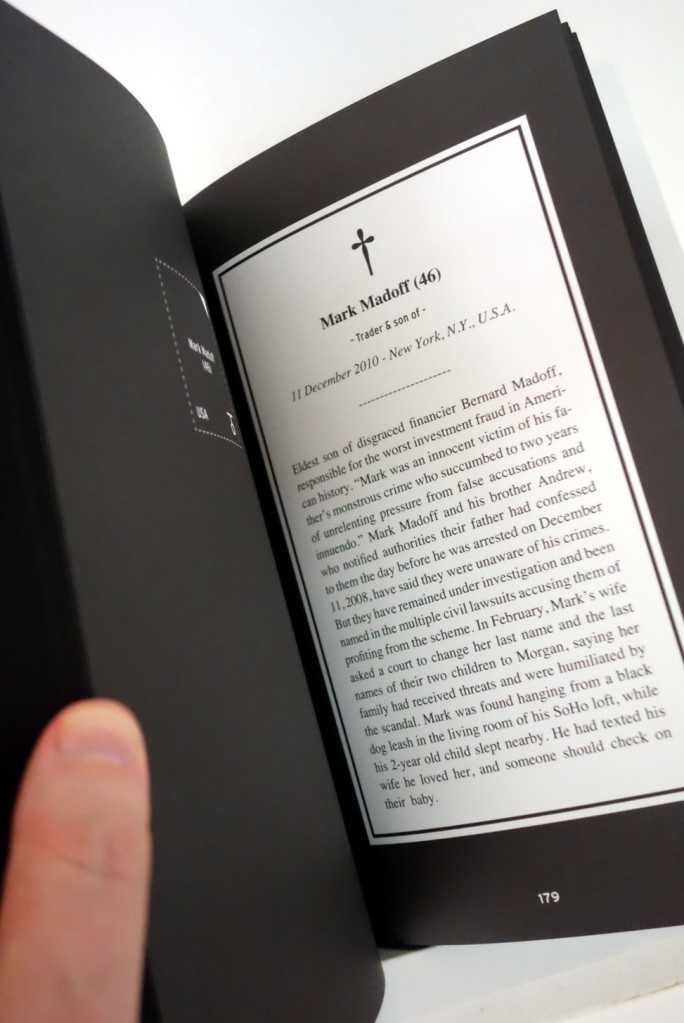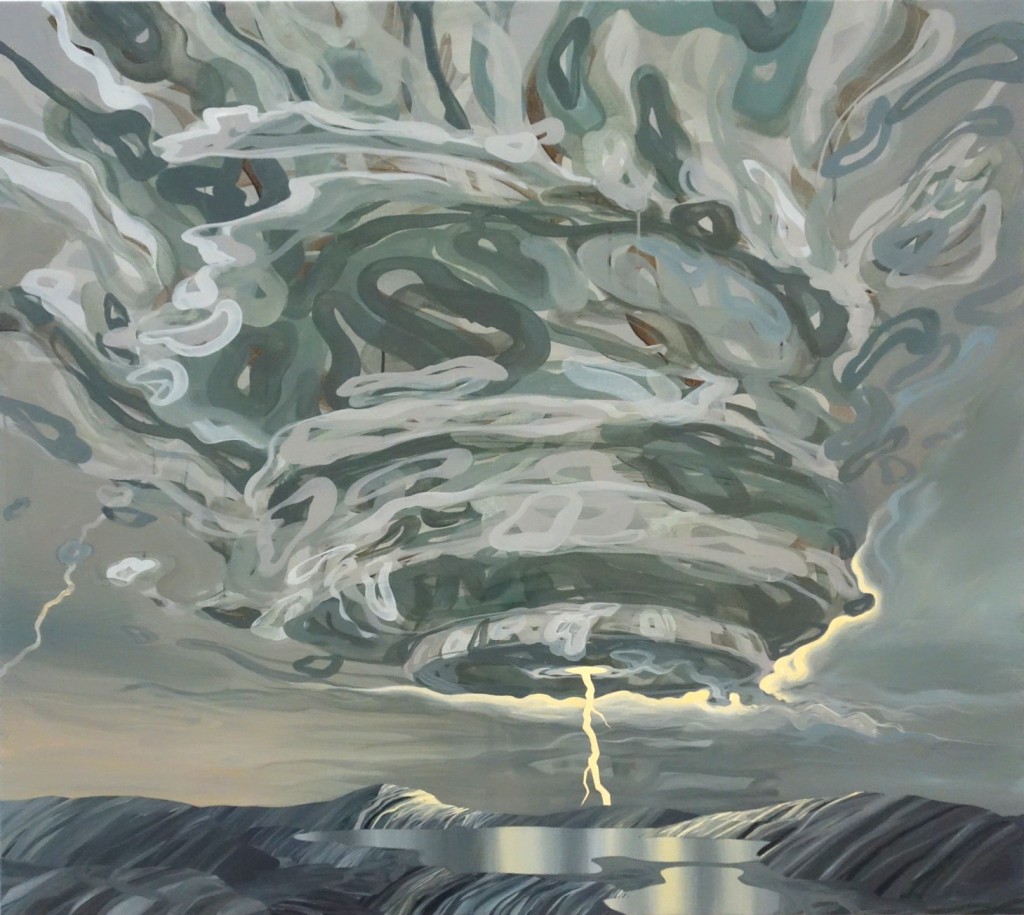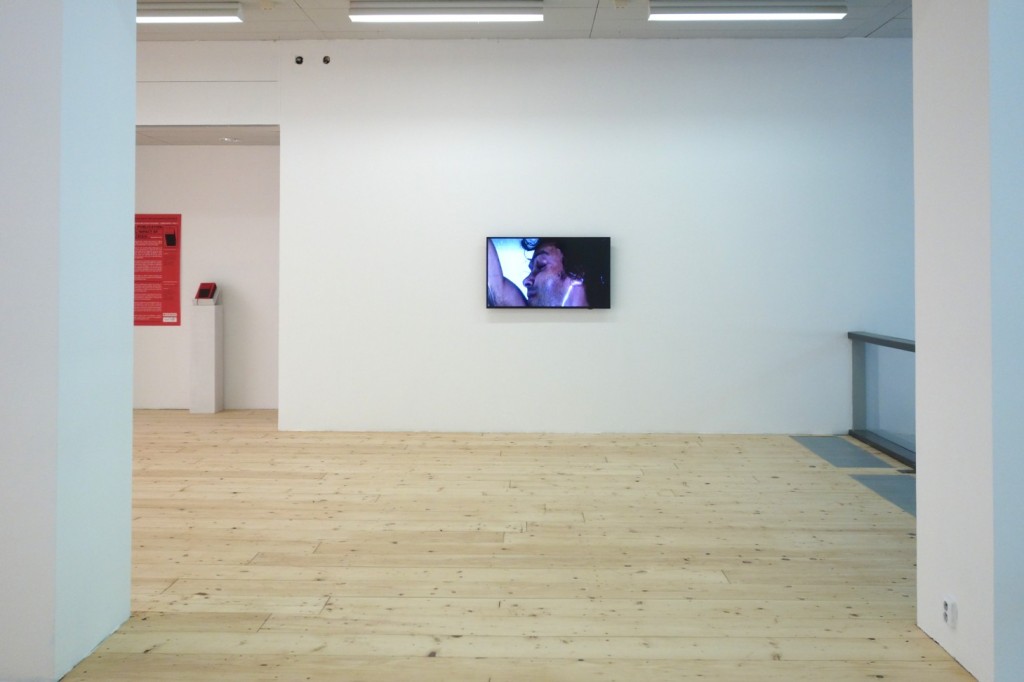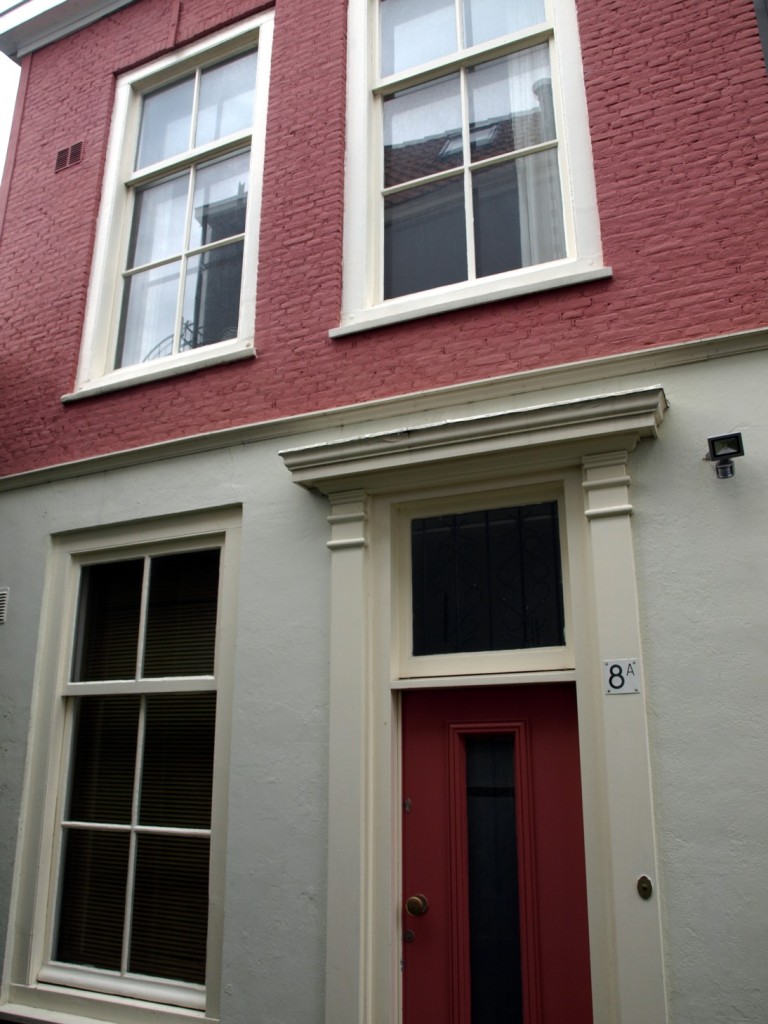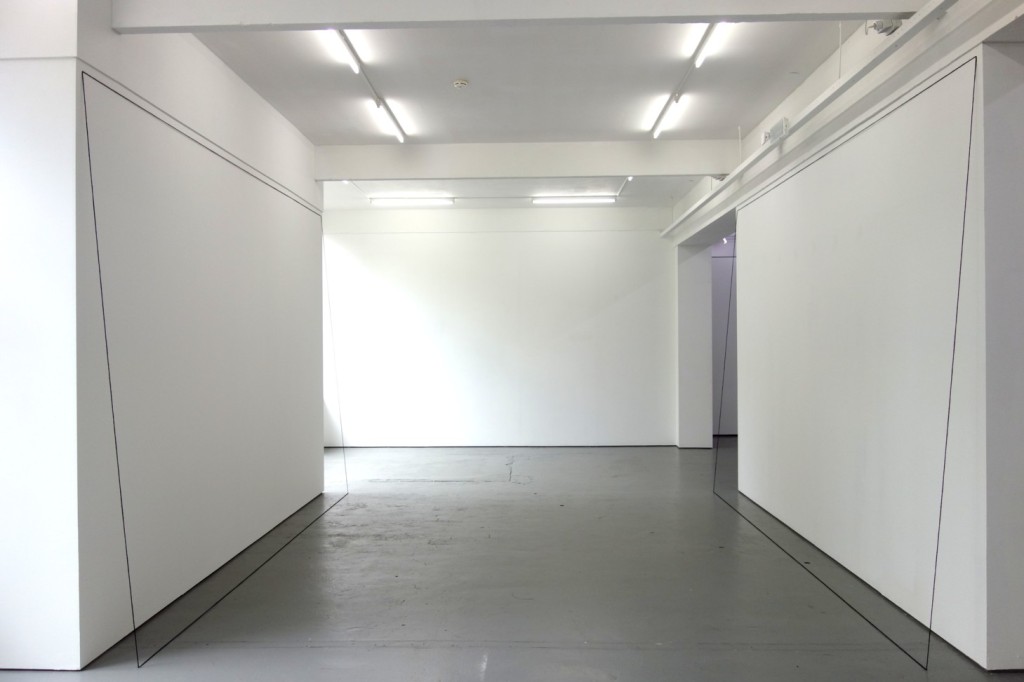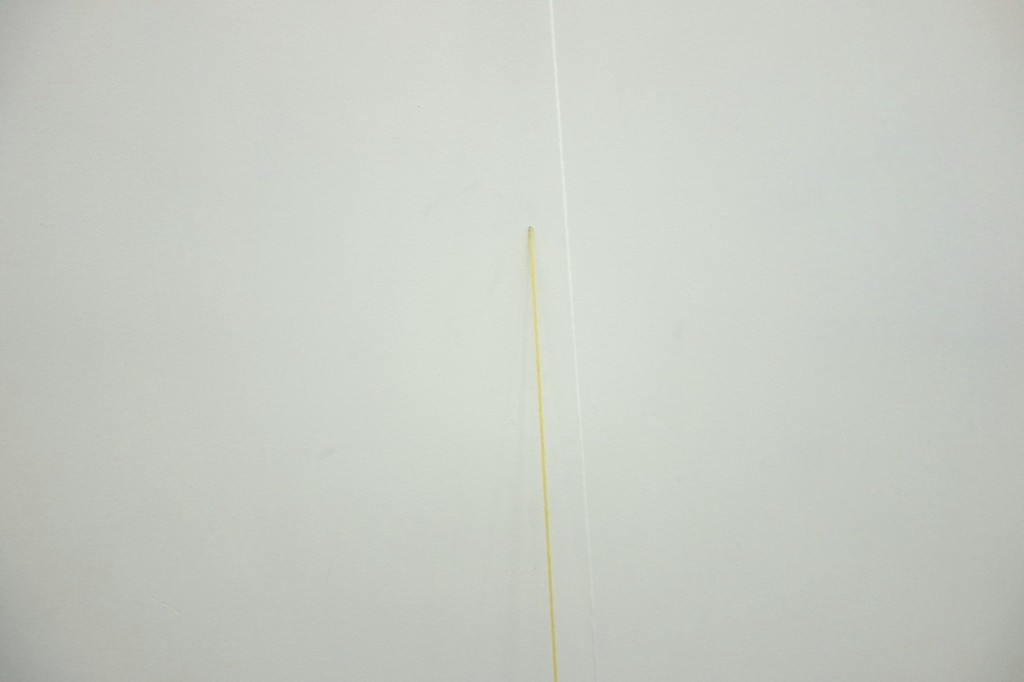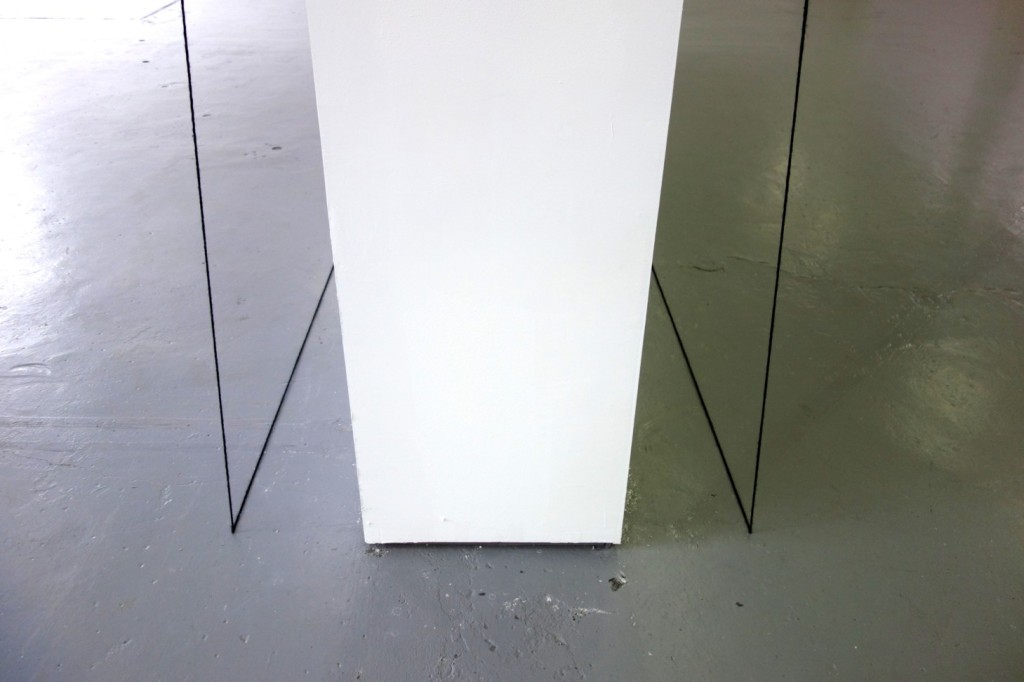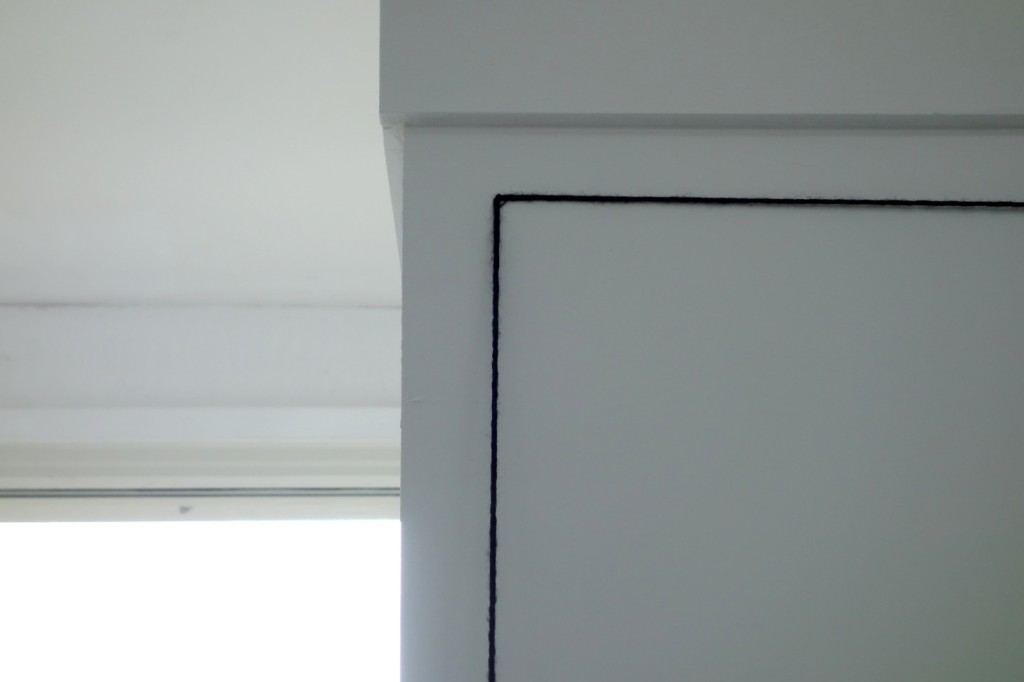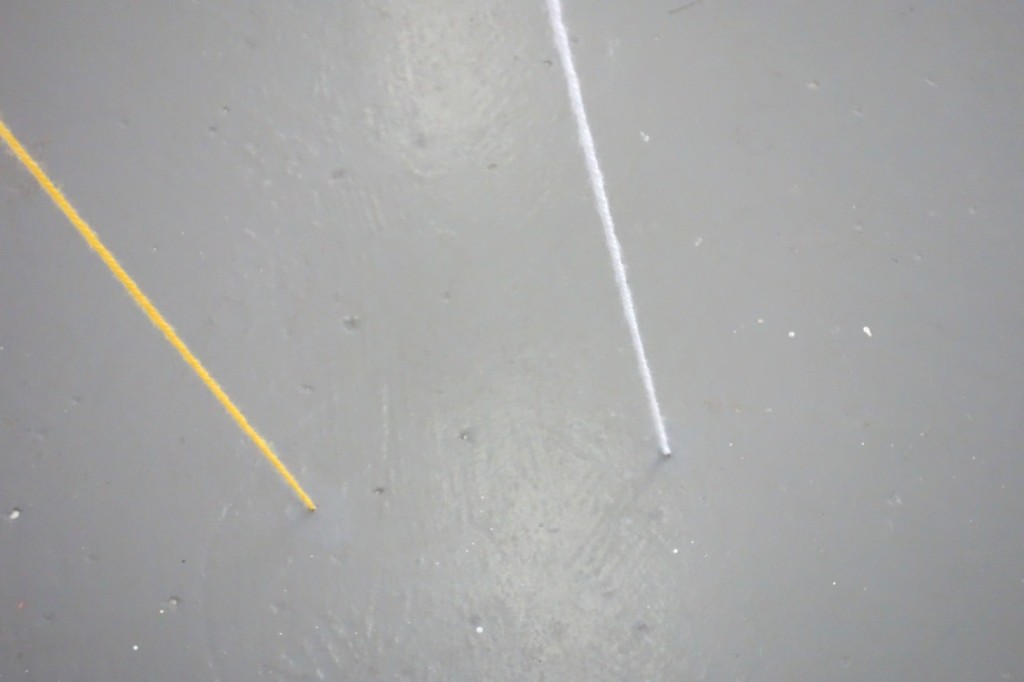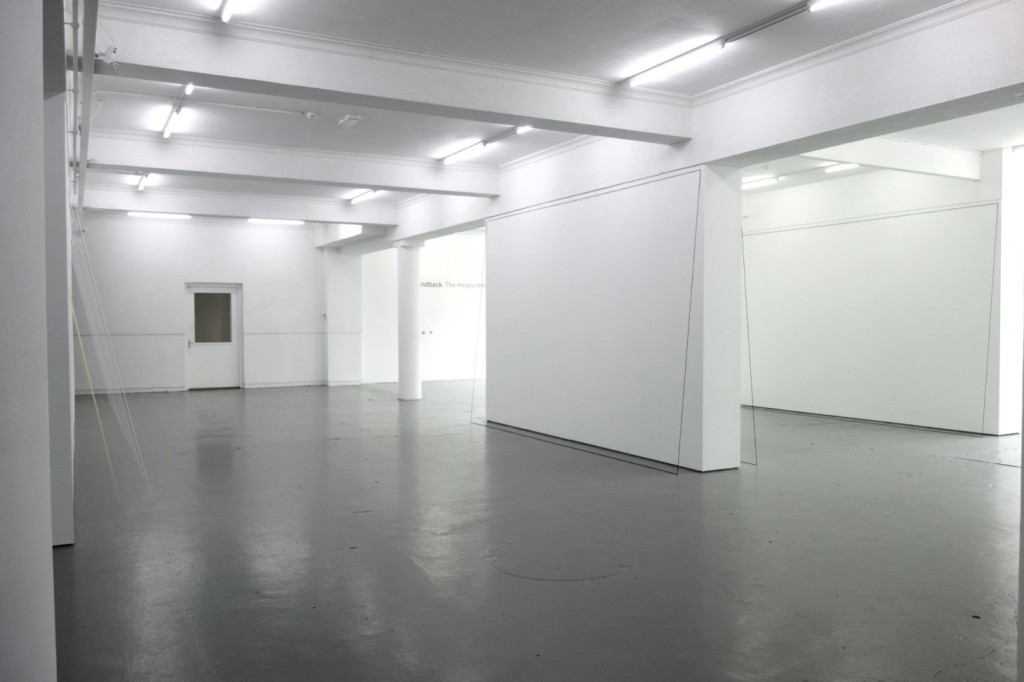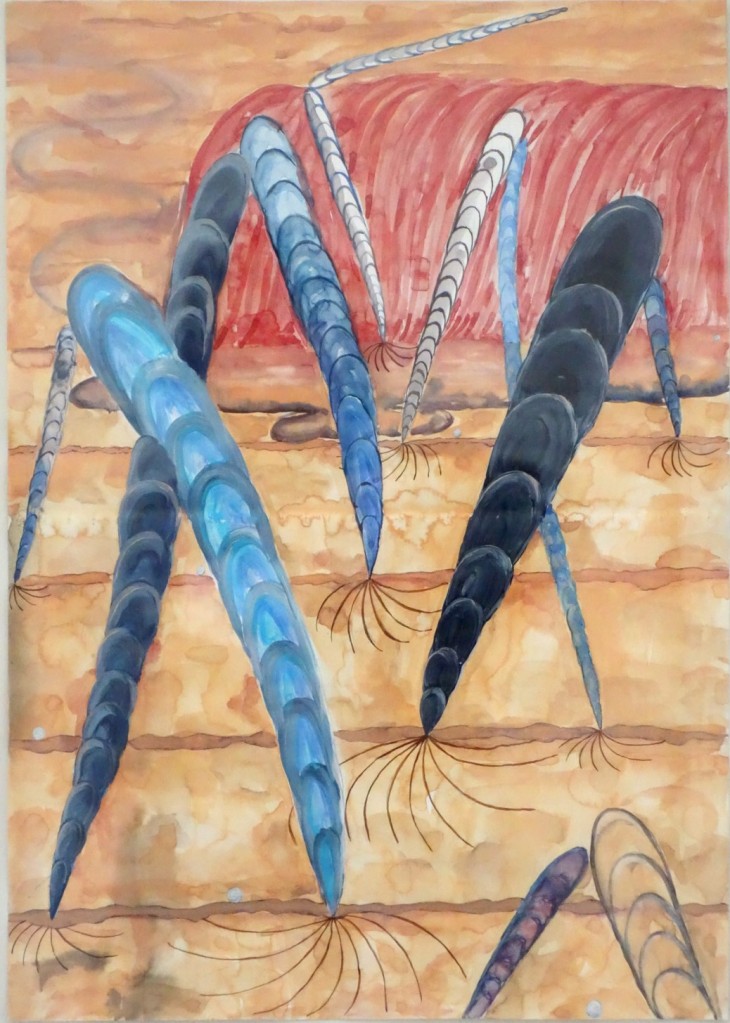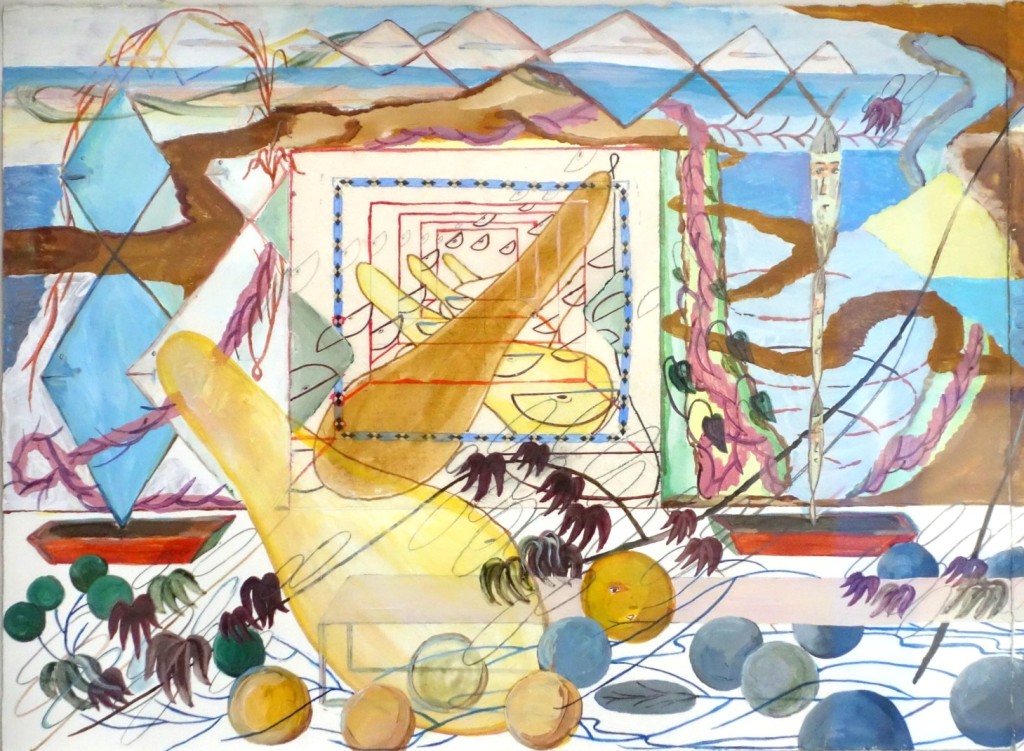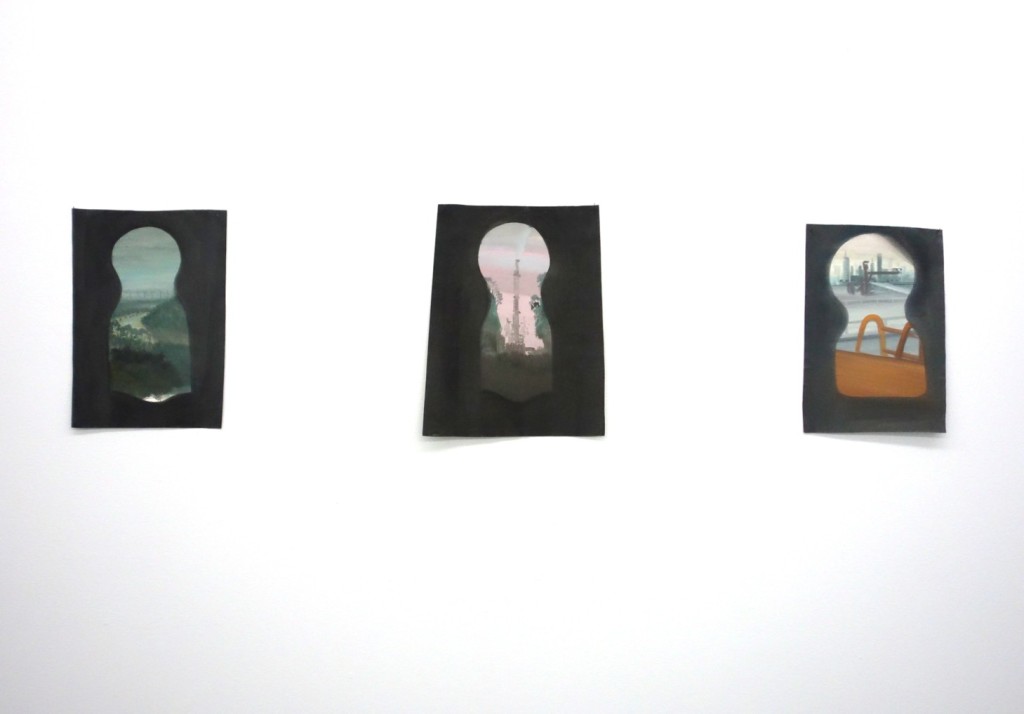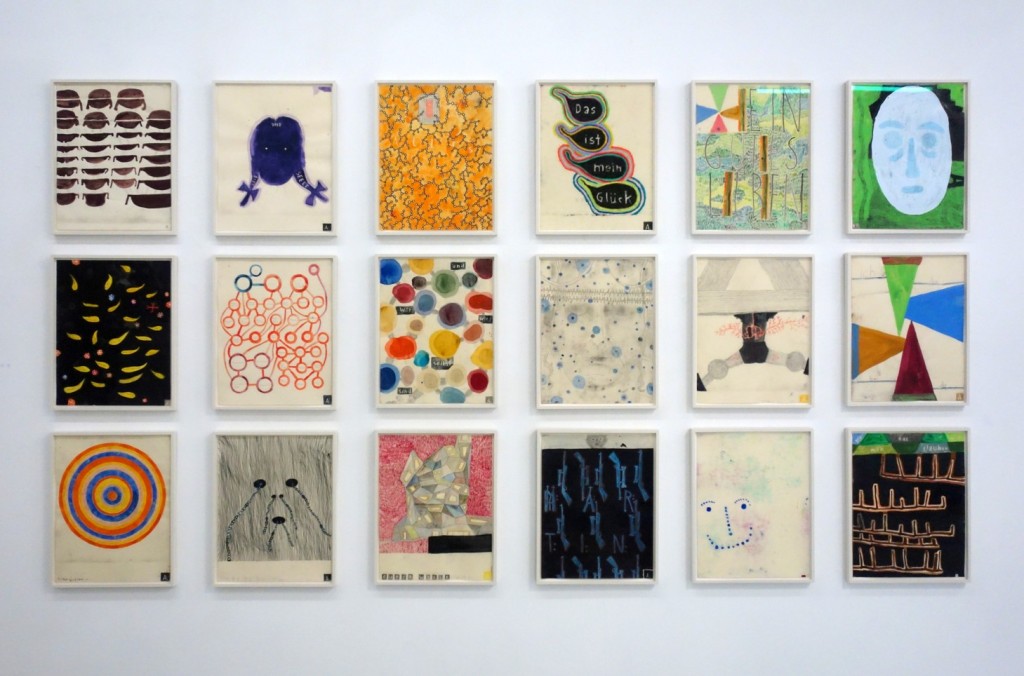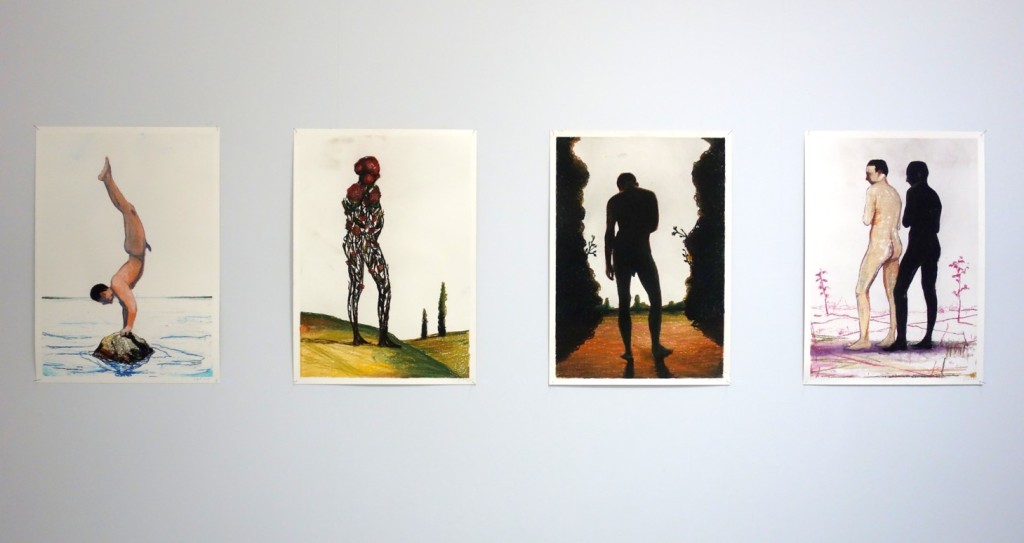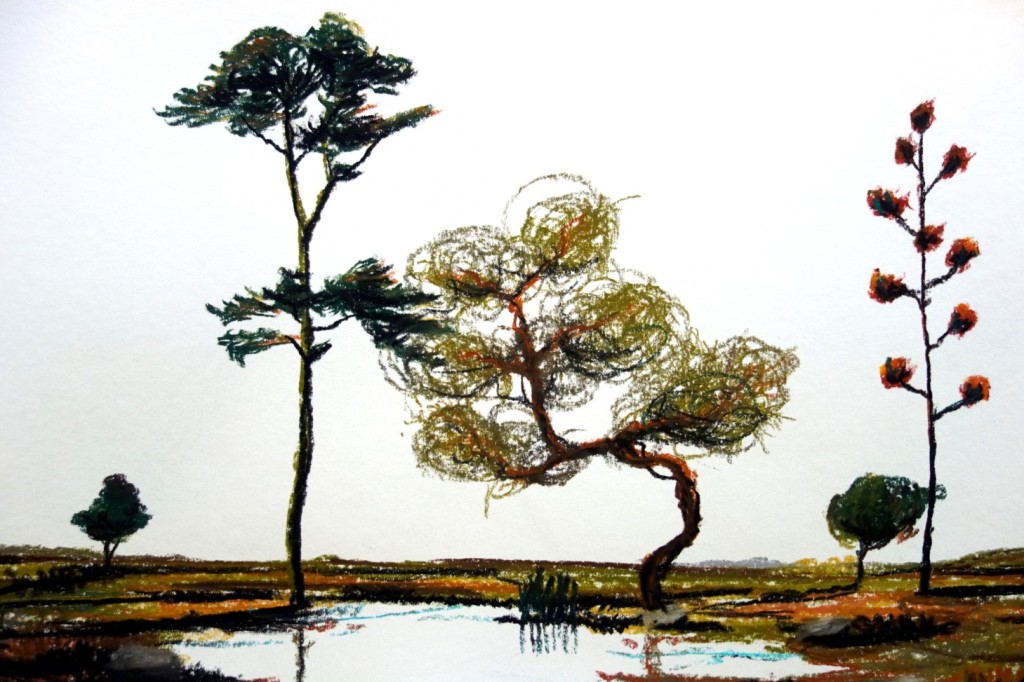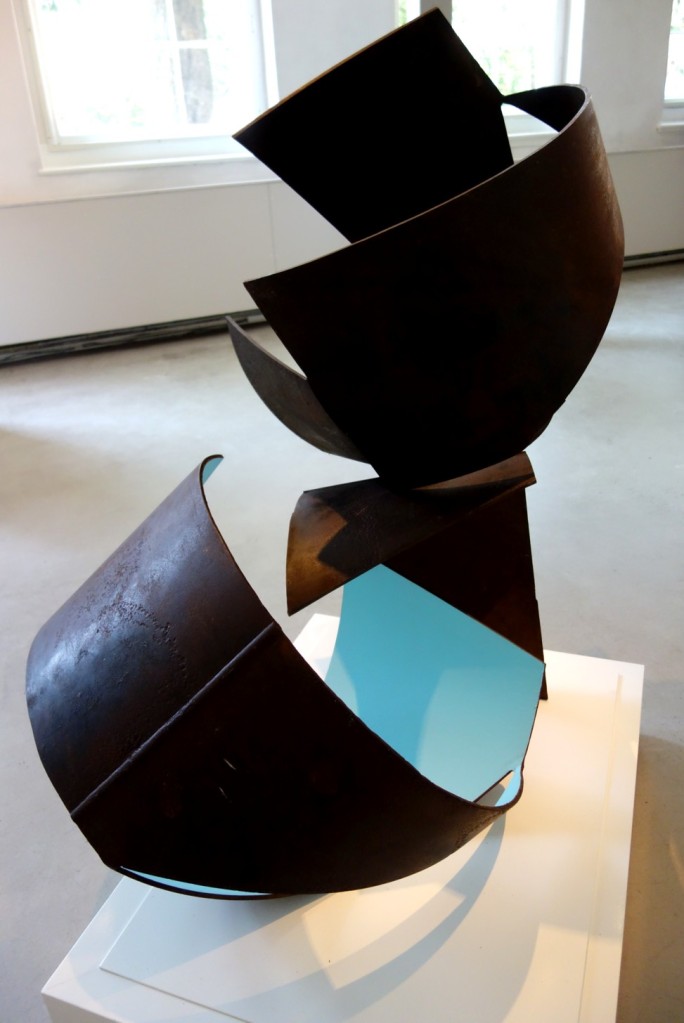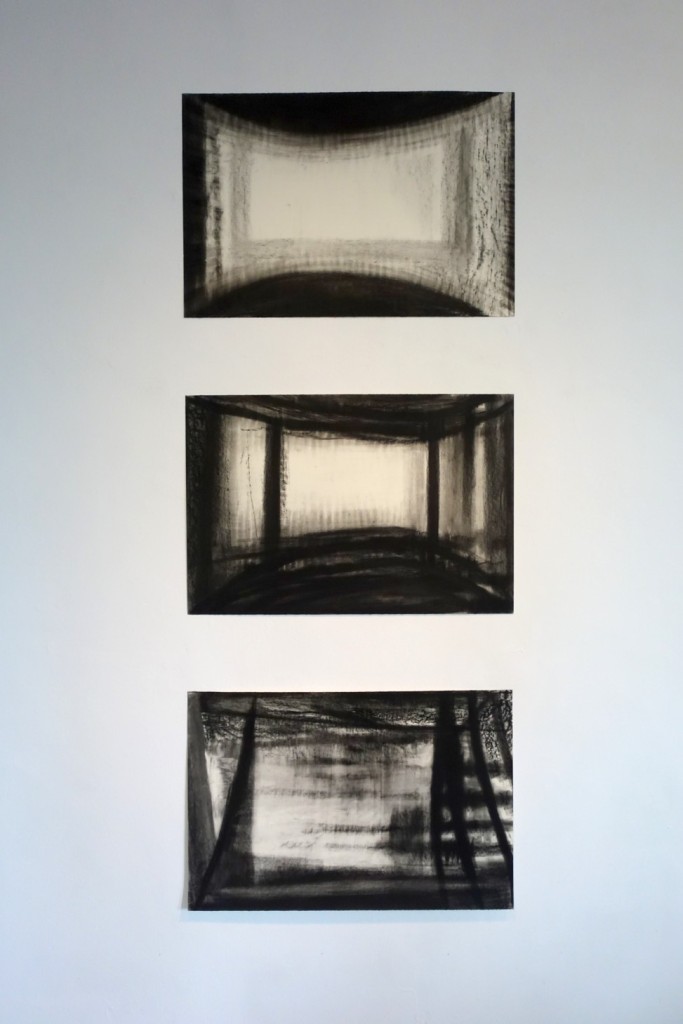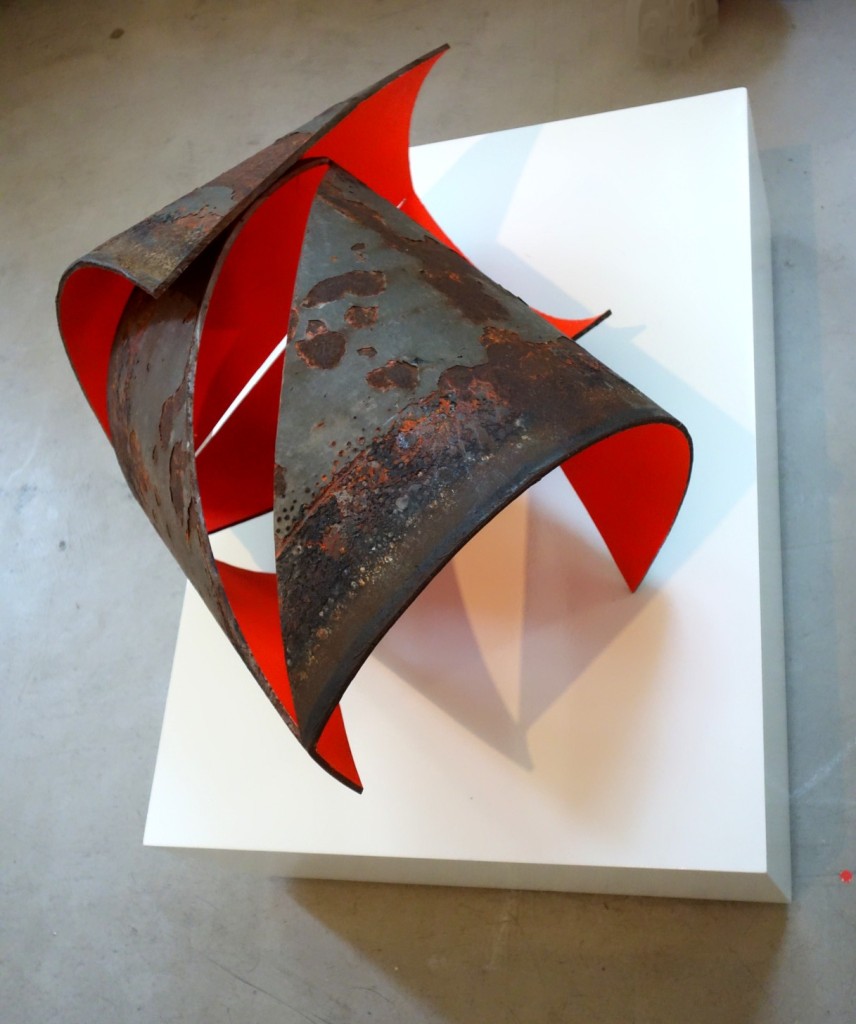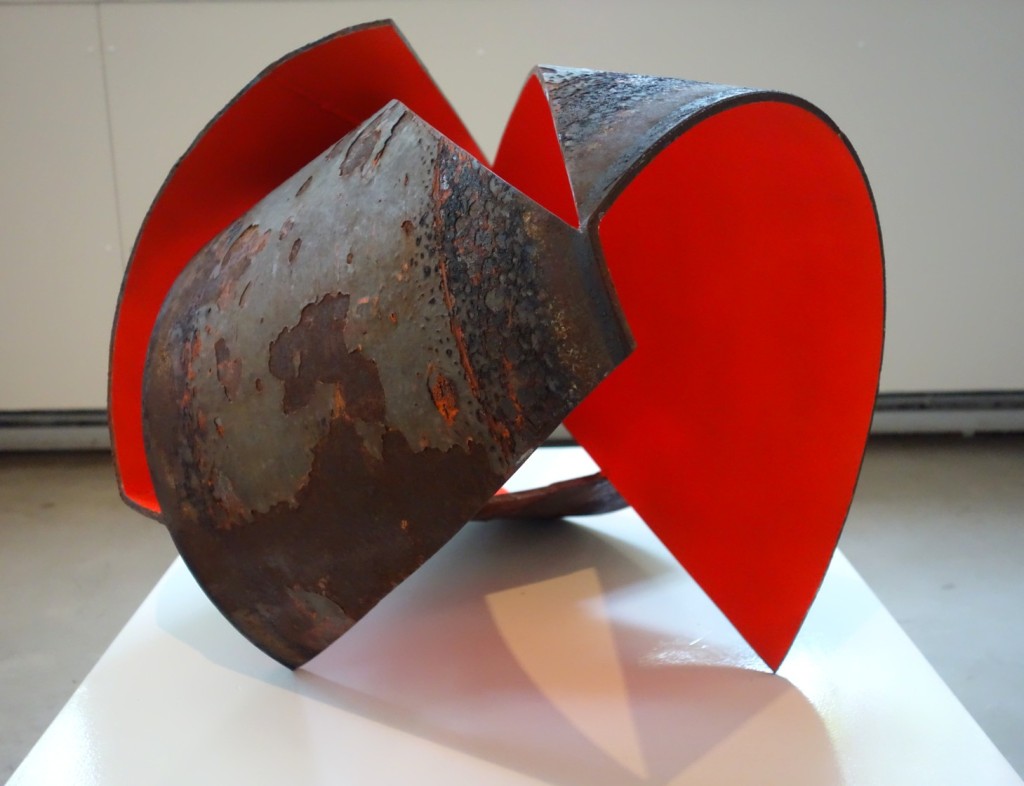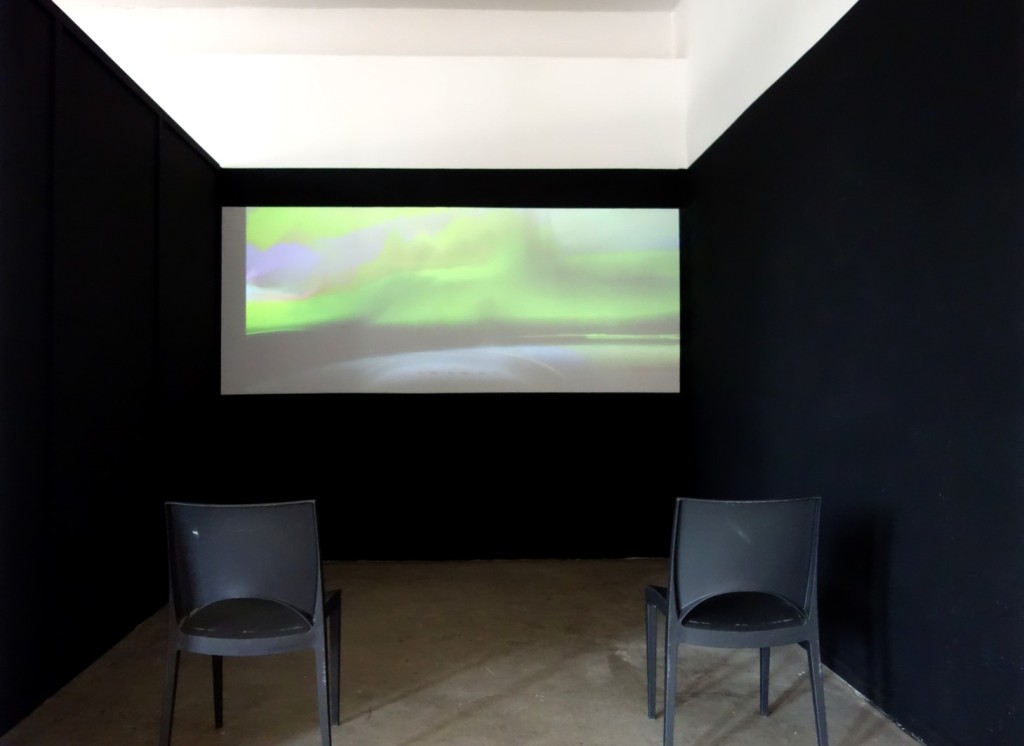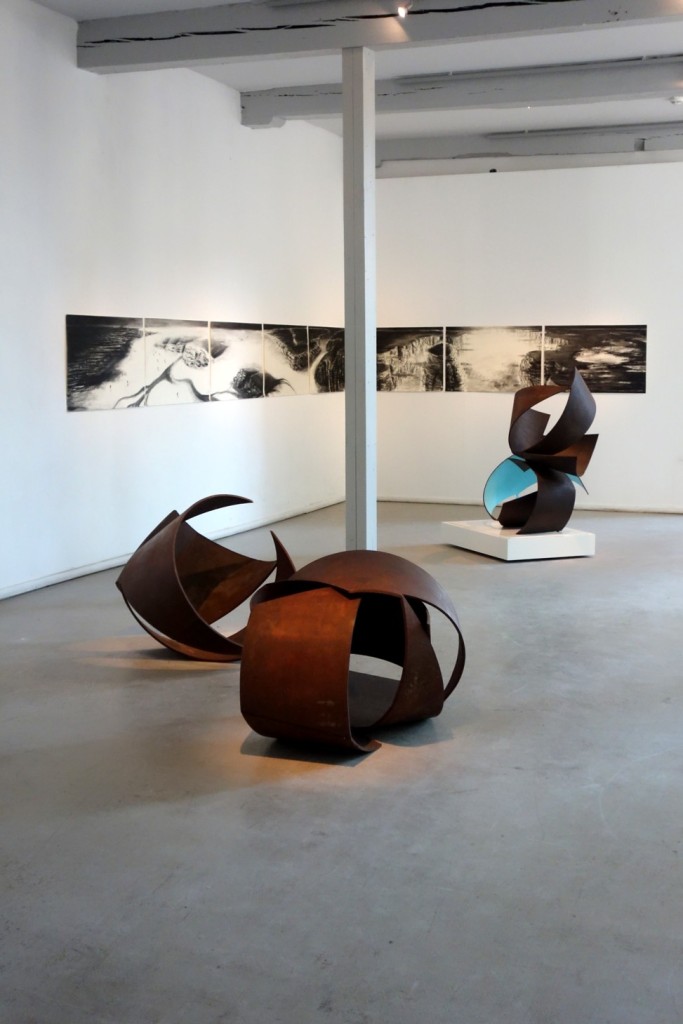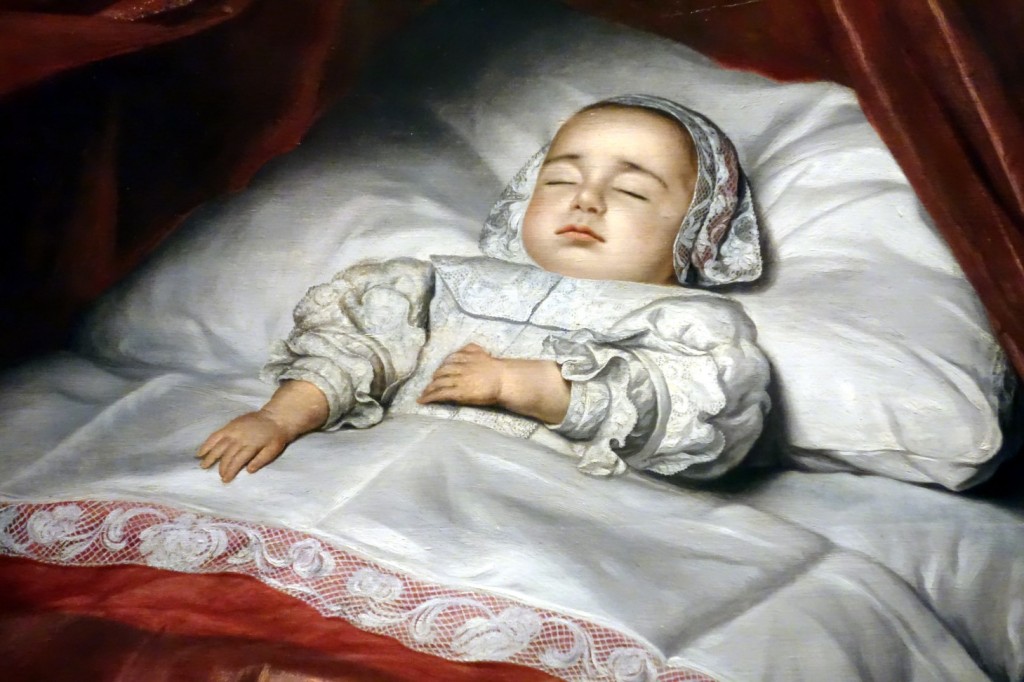
The Mauritshuis is not a big museum but it has one of the most wonderful collections of 17th century painting (and more) in this country.



Before the Corona crisis it was quite easy to walk in with a museum card, just for a lunchtime visit, to see your favourites, discover new favourites or some interesting details.

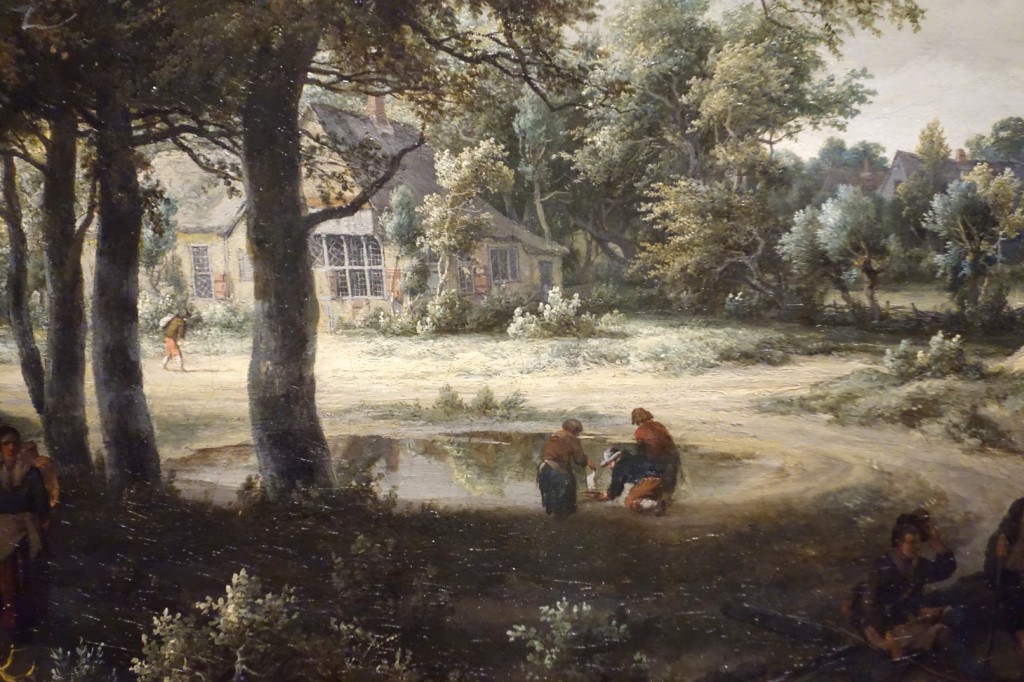

Within half an hour you can see just enough masterpieces to get on with life for another few months.
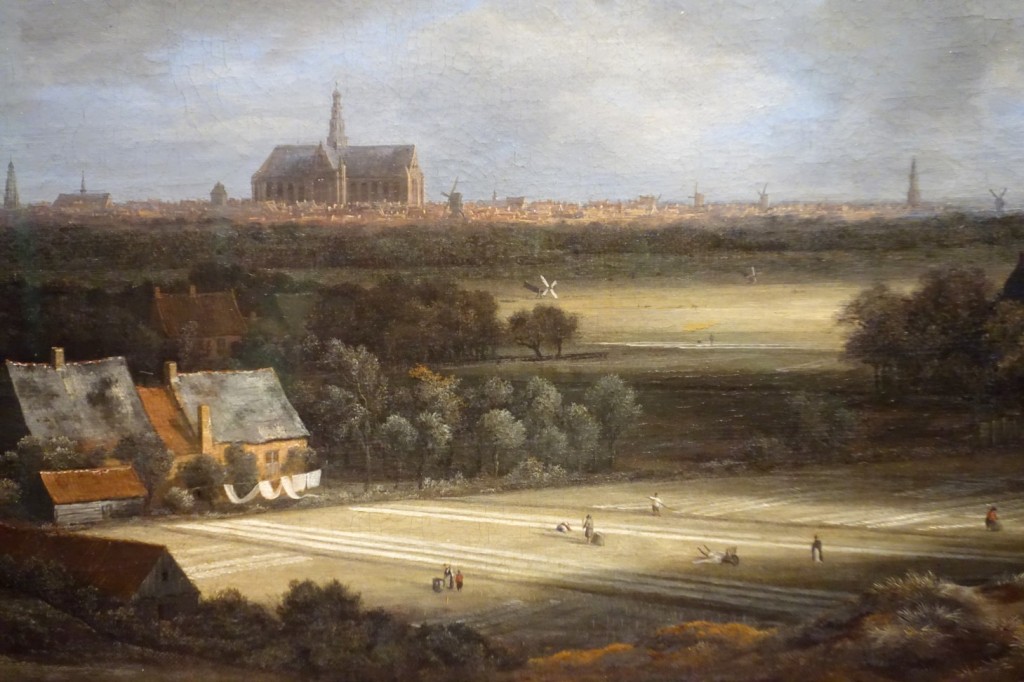


Now, of course, you have to make a reservation for a certain time of the day, there is no real time slot, because once in, you can take all your time.

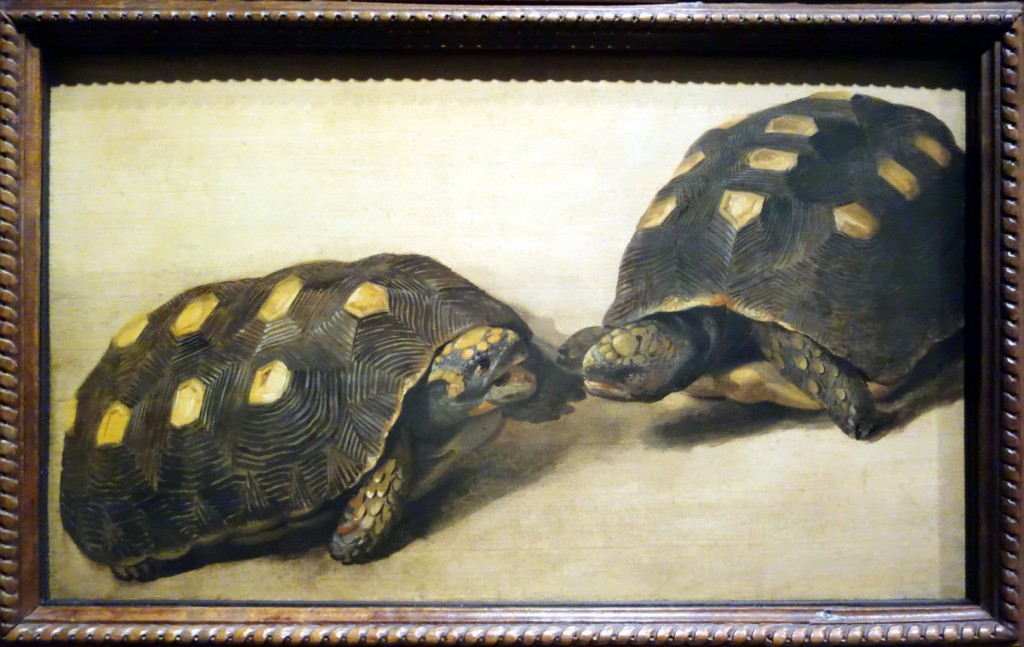
In every room a maximum number of people are allowed in, and corridors in between the rooms are closed.


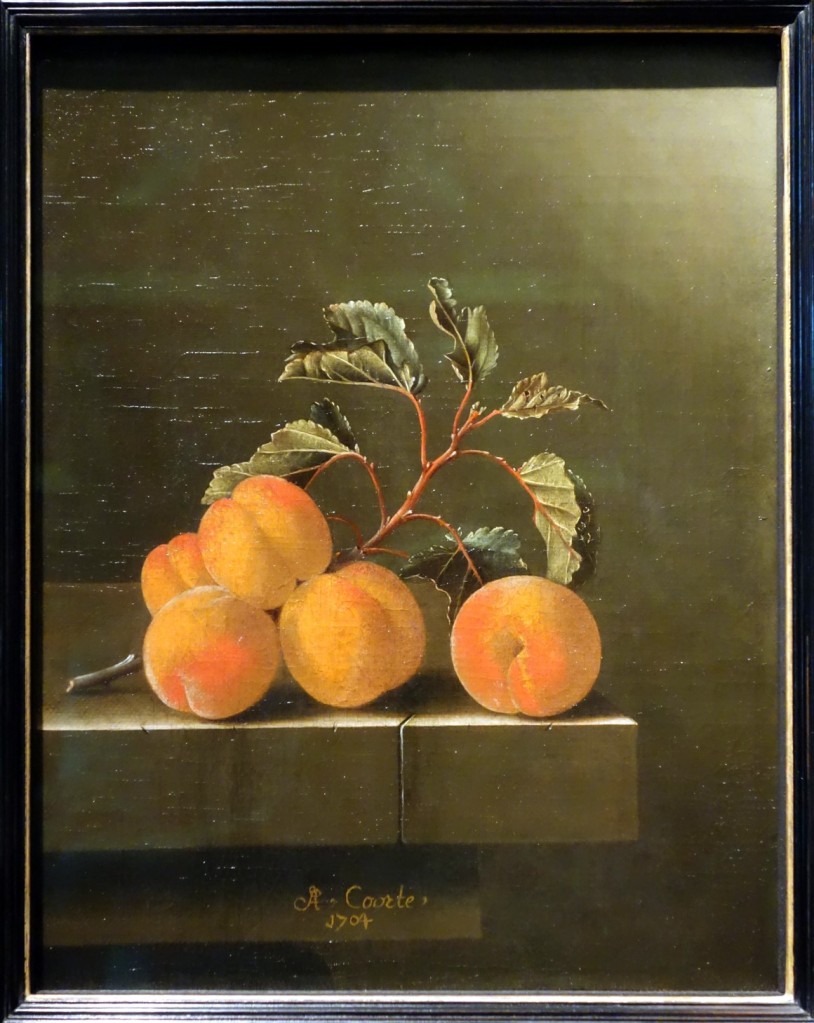
So, with the tourist season started, it sometimes takes some patience to enter the rooms.



On the other hand, visitors seem to have more attention for individual paintings.



It may be a terrible loss for the museum to miss so many visitors, but the atmosphere has improved enormously.
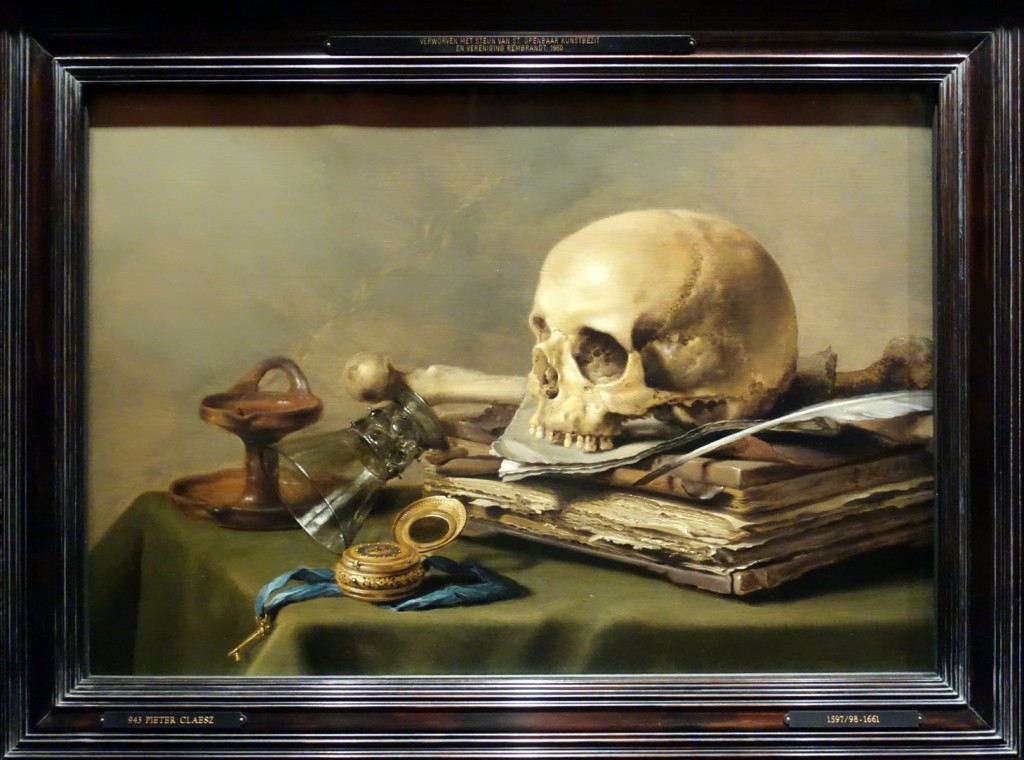

After all, a museum is not a supermarket.


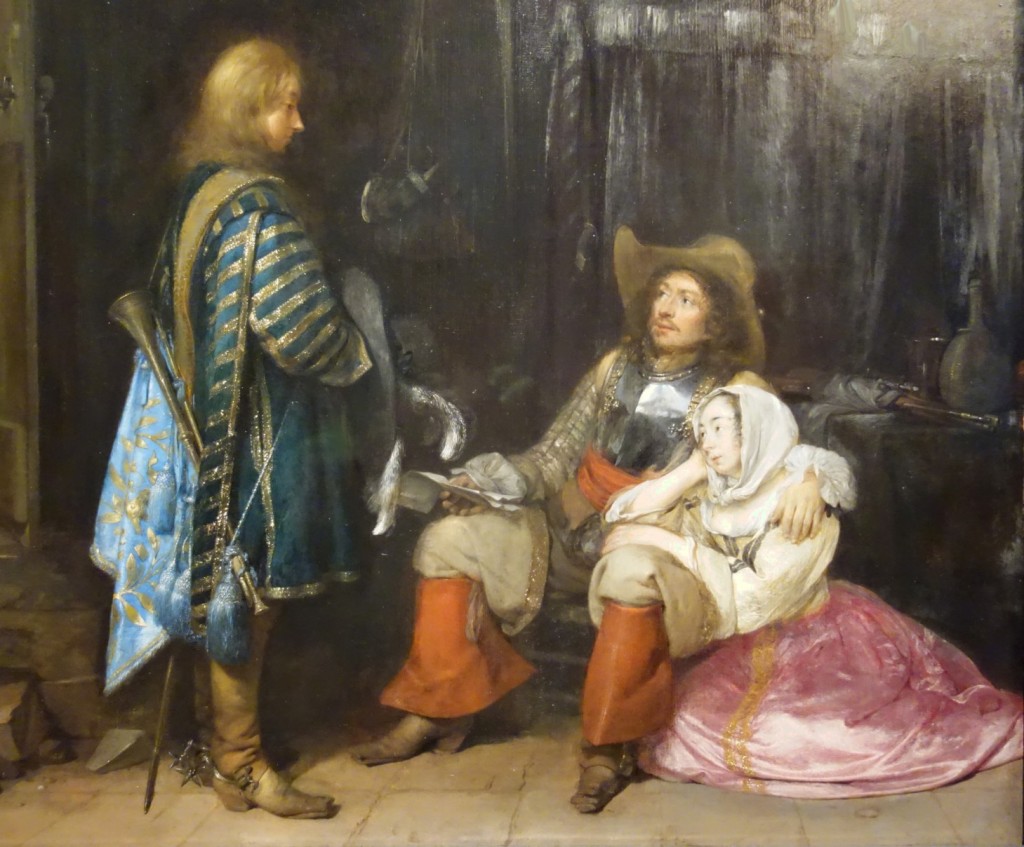
Very happy to be there again, i made a lot of pictures of which i made a selection to show you.
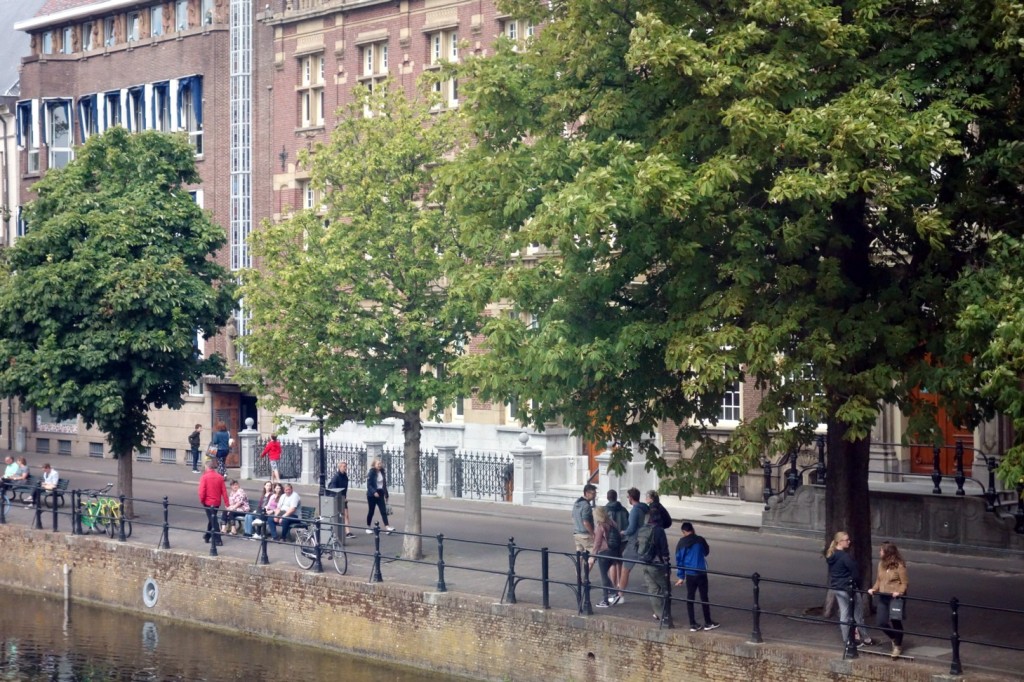


Some are mere details, like the frog by Paulus Potter (3rd photo), which is part of his famous painting The Young Bull of 1647.


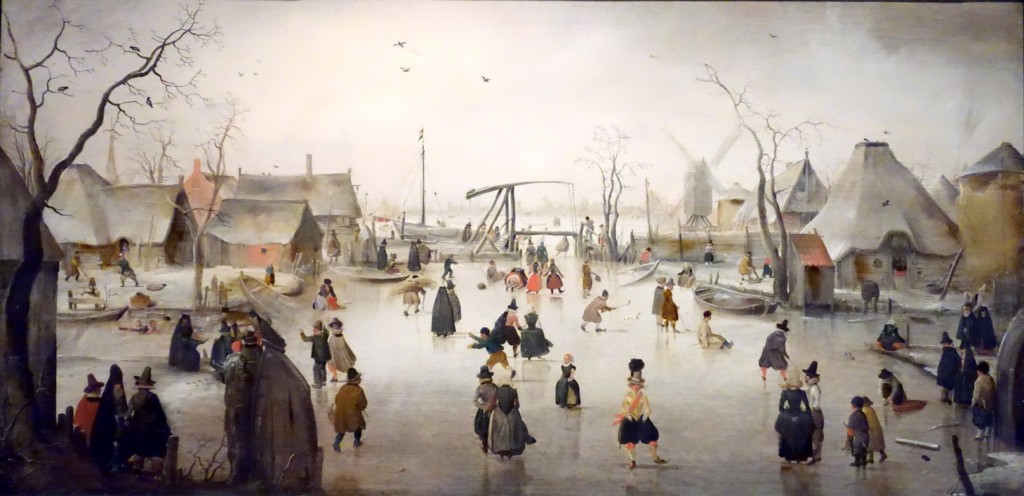
One of the paintings i try to see every visit is The Herding Boy (9th photo), a small work by Karel Dujardin (1622-1678).

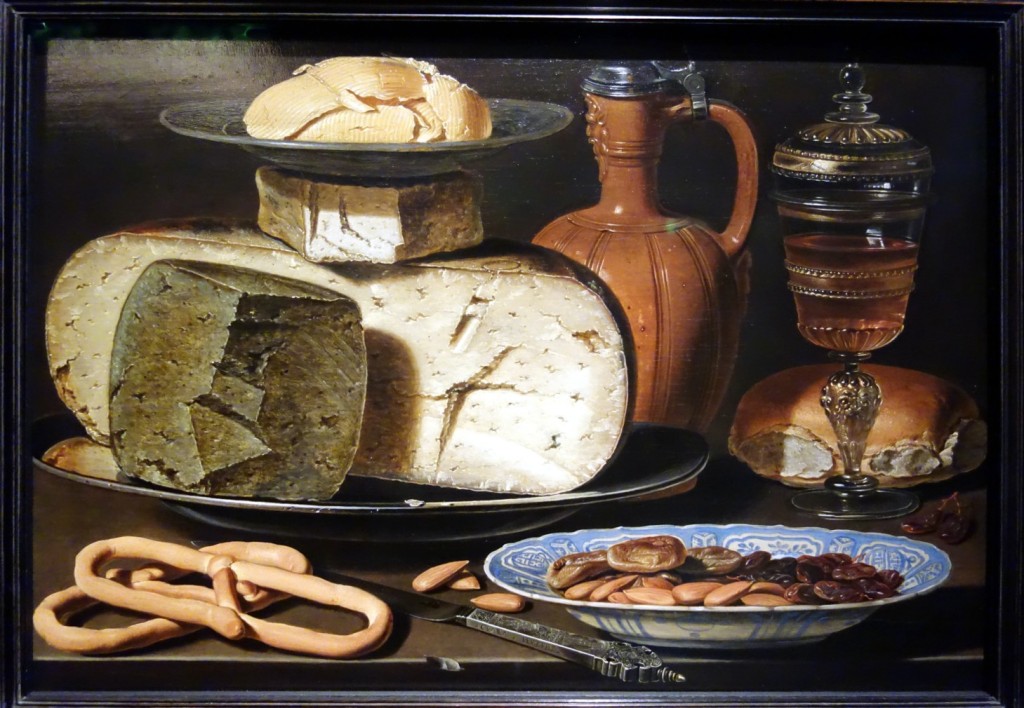
It‘s not a big deal really, but for one reason or another i’m always attracted to it.
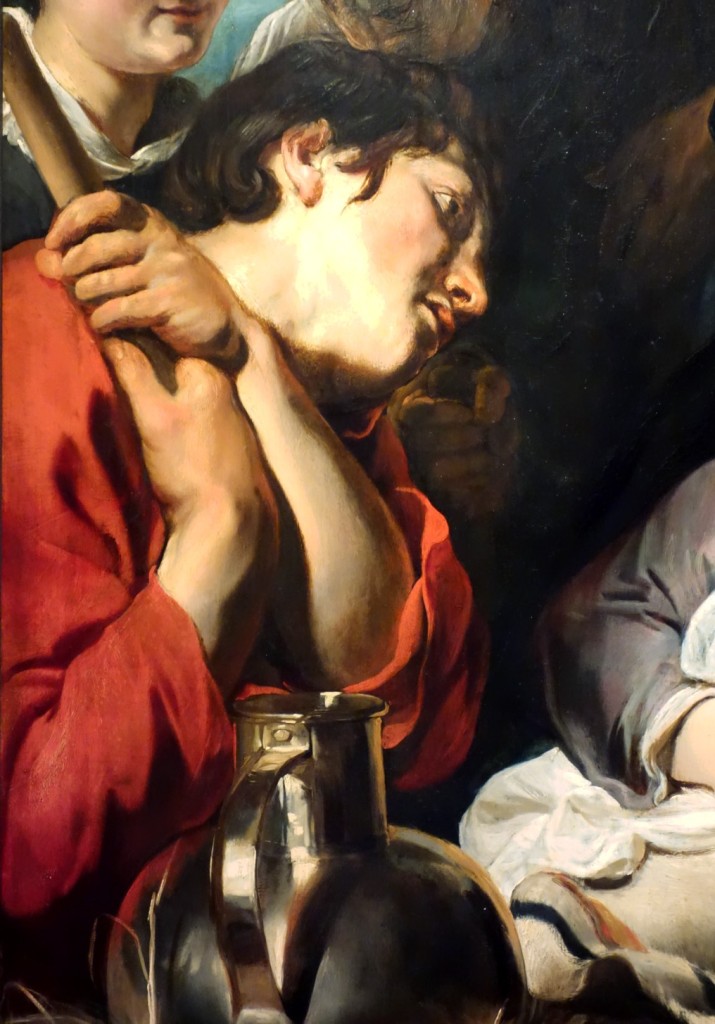
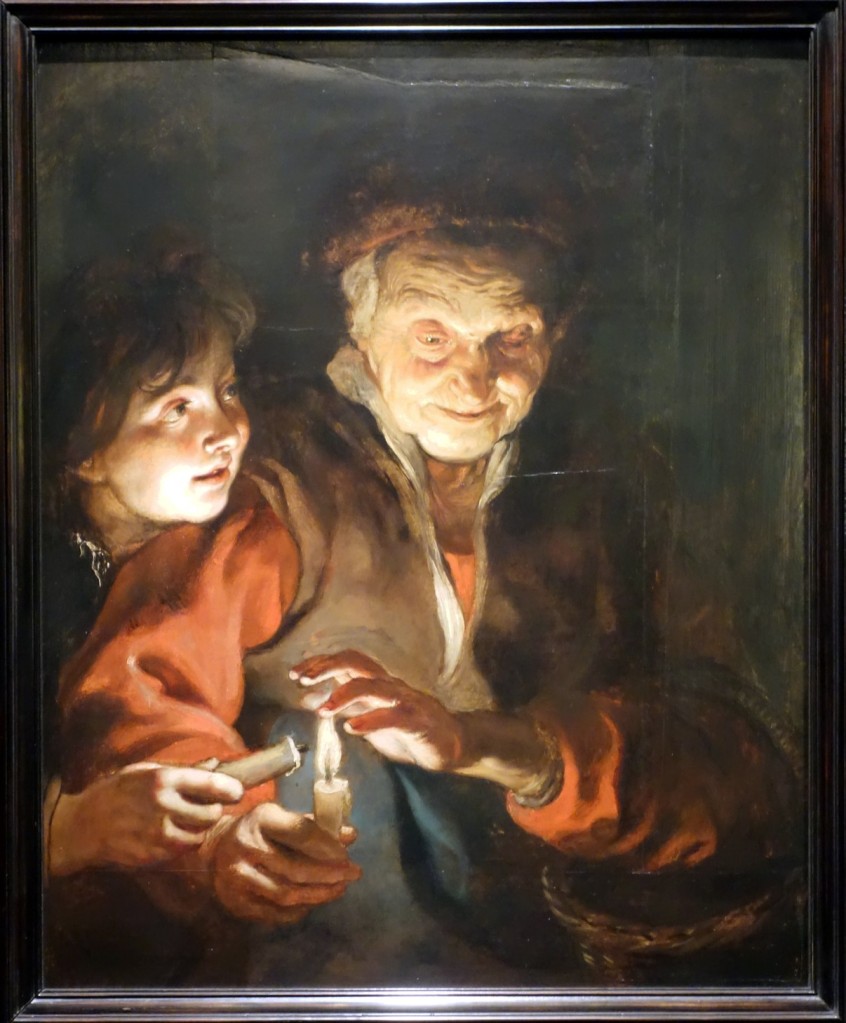
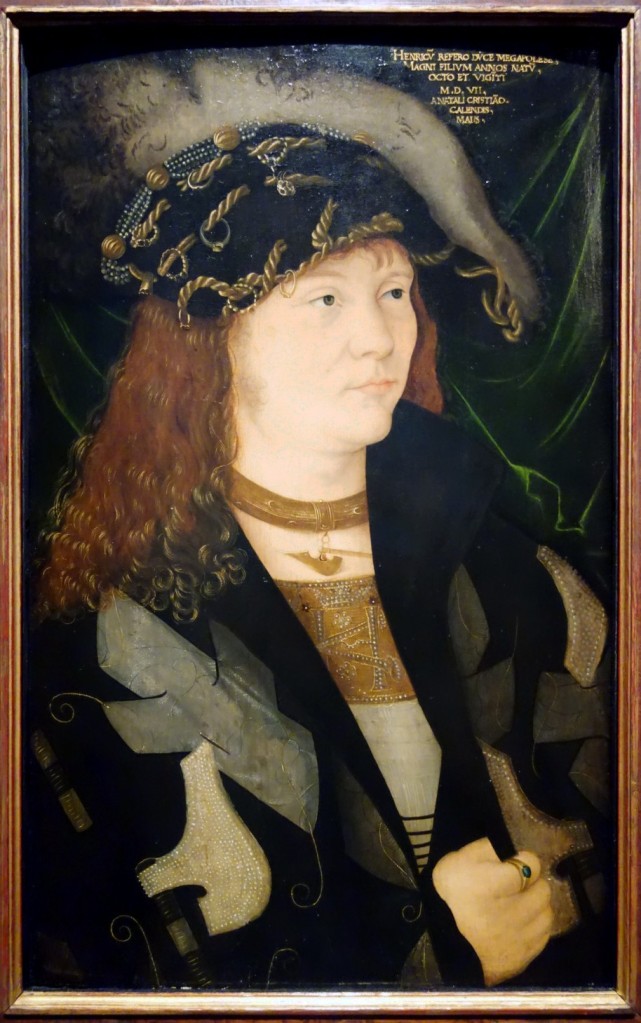
Alas, at the moment you can only see it with either reflections in the glass over it, or covered by your own shadow.
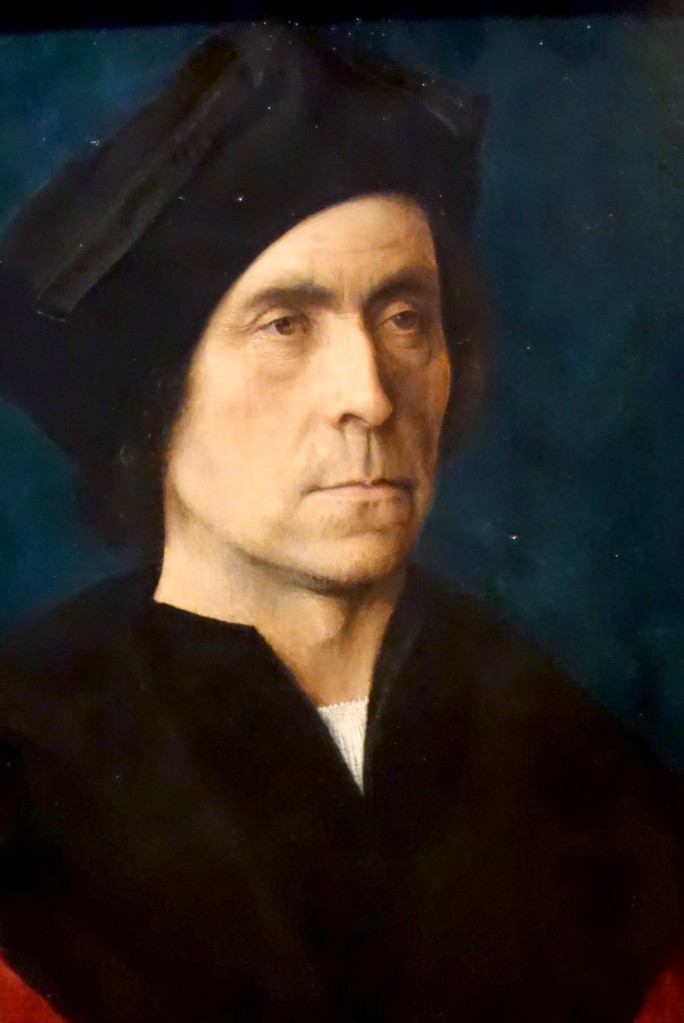


Other works i’m always happy to see are the small collection of portraits by Hans Holbein the Younger (1497-1543) (photos 39, 40, 42 and 43), surely one of the very greatest painters of the Northern Renaissance.

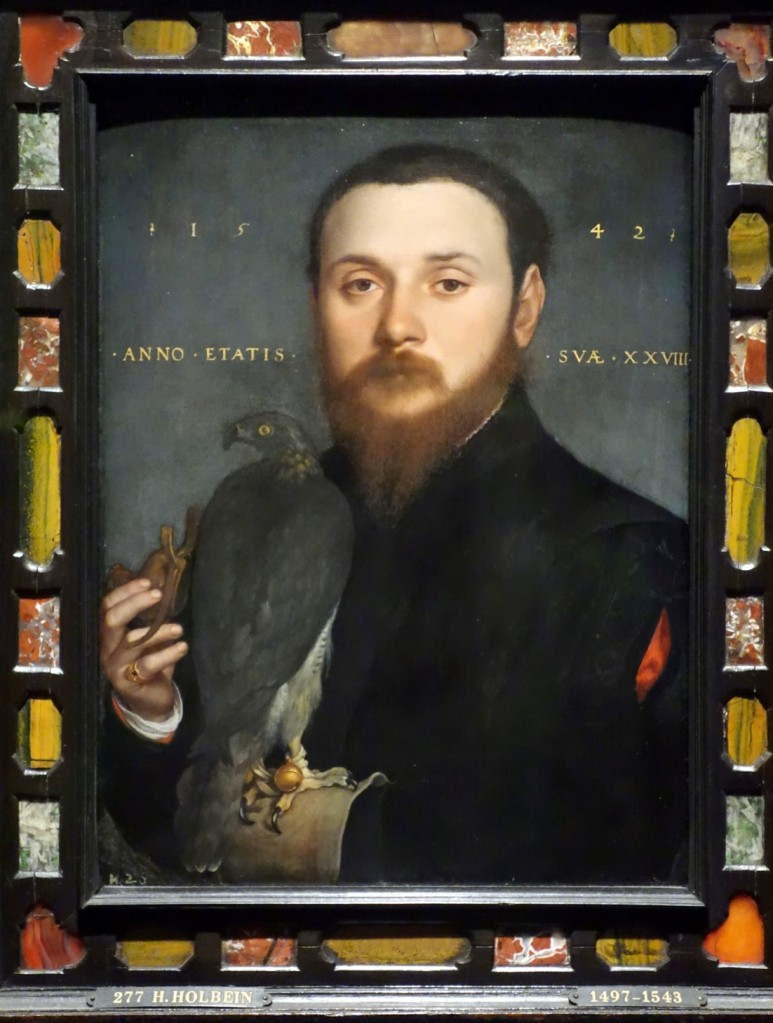

Seeing them i usually forget about Rubens, Rembrandt and the whole lot.

(All links open in new tabs)
© Villa Next Door 2020
Contents of all photographs courtesy to the Mauritshuis, Den Haag.
Bertus Pieters
VILLA NEXT DOOR IS NOT RESPONSIBLE FOR ANY ADVERTISING ON THIS PAGE!!


